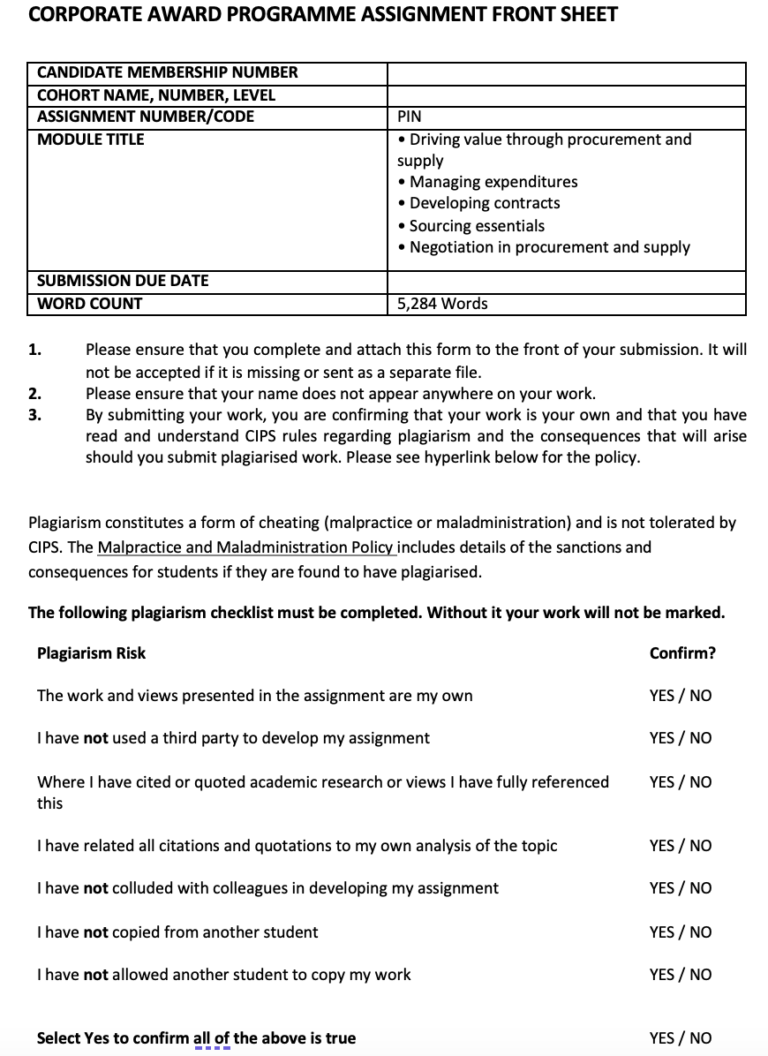Description
Solution
The use of primary data entail using the first-hand data obtained by a researcher directly. This is different from secondary data which is a form of desk research obtained from the readily existing sources (Cerar et al., 2021; Silevew, 2019).
Considering this research, primary and secondary data was referred to. The rationale of this is that primary data is appropriate as it facilitate use of survey and observations while qualitative primary data being obtained by use of focus groups, interviews and observations. The secondary data is conversely important to source the available literature and apply it to support primary data obtained through the application of interviews and questionnaires.
Additionally, considering this research, through the application of Almarai entity, primary and secondary sources which are qualitative (textual) and quantitative (statistical) were obtained. Additionally, through the application of stay interviews in Almarai, this entail a form of secondary data sourced. Therefore, application of primary and secondary data to analyse turnover scope lead to possibility of managing issues with one strategy by using the strength of the other.
The decision of using either primary or secondary data is dependent on existence and detailed nature of the data. In an event the secondary data is not available/insufficient, sourcing of primary data is identified as essential to answer the research questions. Also, data, whether primary or secondary could either be qualitative (textual) or quantitative (statistical). The quantitative primary data can be sourced by use of surveys or observations, with qualitative primary data being sourced by use of interviews, focus discussions and observations (Silevew, 2019). Taking into account of this research, data is sourced by use of data from qualitative (semi-structured interviews) and quantitative (survey by use of questionnaire) data from the primary sources by use of case study design. The data sourcing is data in a sequential manner from the interviews and later using surveys.
Related Papers
(Solution) Explain factors that need to be considered when managing performance. (AC4.2)
(Solution) 5OS06 (AC3.2) Evaluate the extent and nature of the methods used by your own organisation
(Solution) CIPS PIN Final Assessment Negotiation in procurement and supply
- In this integrative assessment for Corporate Award Program establishes it has provided a formal commercial negotiation for Occidental of Oman operating in oil and gas industry.
- Commercial negotiation plan has been developed by reference to data, factual information and CIPS tools. HSE and chemicals portfolio spend category has been identified and evaluated in-depth to come up with an appropriate negotiation plan.
- The importance of identifying the HSE and Chemicals are informed by the previous COVID-19 pandemic which has informed on the need for adopting healthy business environment which is free from any infections.
- Further, coming from the pandemic where the level of business operations had significantly reduced and the organisation need to restart their operations by cleansing their systems and machines. In this case, the need for HSE and the chemicals portfolio in Occidental of Oman has been in an upward trajectory.
- For negotiation successful implementation, Occidental of Oman involves professionals, terms and conditions initiated, holistic readiness and streamlined procurement and supply chain approaches. This is with good forecast and plans being core for guaranteeing customers services delivery on time.
- From the analysis, different tools including SWOT, PESTLE and 4R’s have evidenced that Occidental of Oman is always on the advantage of ensuring they achieve the Best Alternative for Negotiated Agreement (BATNA).
- Also, this report highlight the need for holistic planning by prioritising on all expectation from the initial opening to the closure and agreement phases of negotiation.
(Solution) CIPS Advanced Practitioner Award APGCE
- Hertfordshire and West Essex (H&WE) NHS need to prioritise on investing on technologies for improving analysis of the relationships and corporate strategy achievement
- In supply chain analysis, open book pricing also characterised with flexibility influencing scope of collaboration and suppliers partnering hence an improved practice
- Engage Procurement and Supply Chain Management (PS&M) successfully since they are engaged to predict and satisfy customers’ needs
- Consistently updating their supply chain networks informed by different risks
(Solution) CIPS ADNOC Advanced Category Management in Procurement and Supply Chain Management
(Solution) CIPS ROSHN Negotiation Process
- Roshn standardise the Bailey et al procurement framework.
- Regular training will develop negotiation mastery, and the Kraljic Matrix will tailor strategies per supplier importance.
- Sourcing strategies should evolve through market reviews. Building long-term, trusting partnerships will foster competitiveness beyond transactions.
- Clear metrics measuring initiatives' success will empower data-driven process adjustments.
- Adopting these practices will enhance Roshn's sustainable sourcing in support of Vision 2030 goals.



